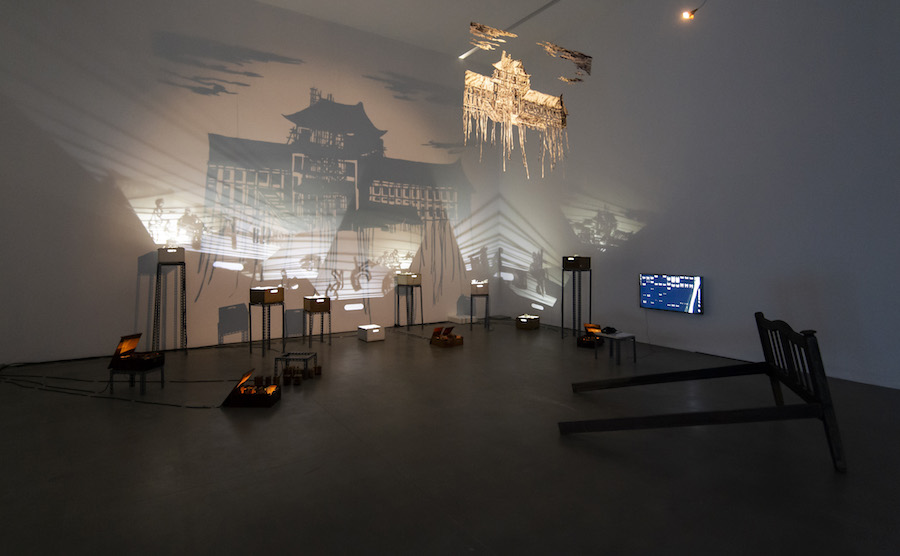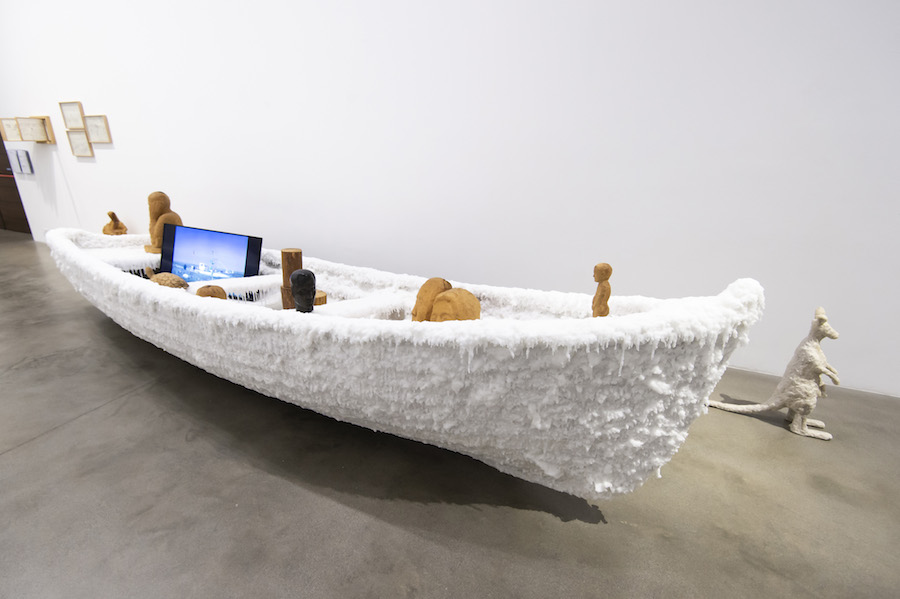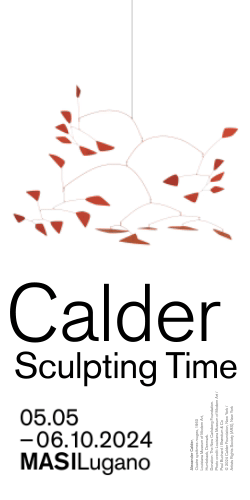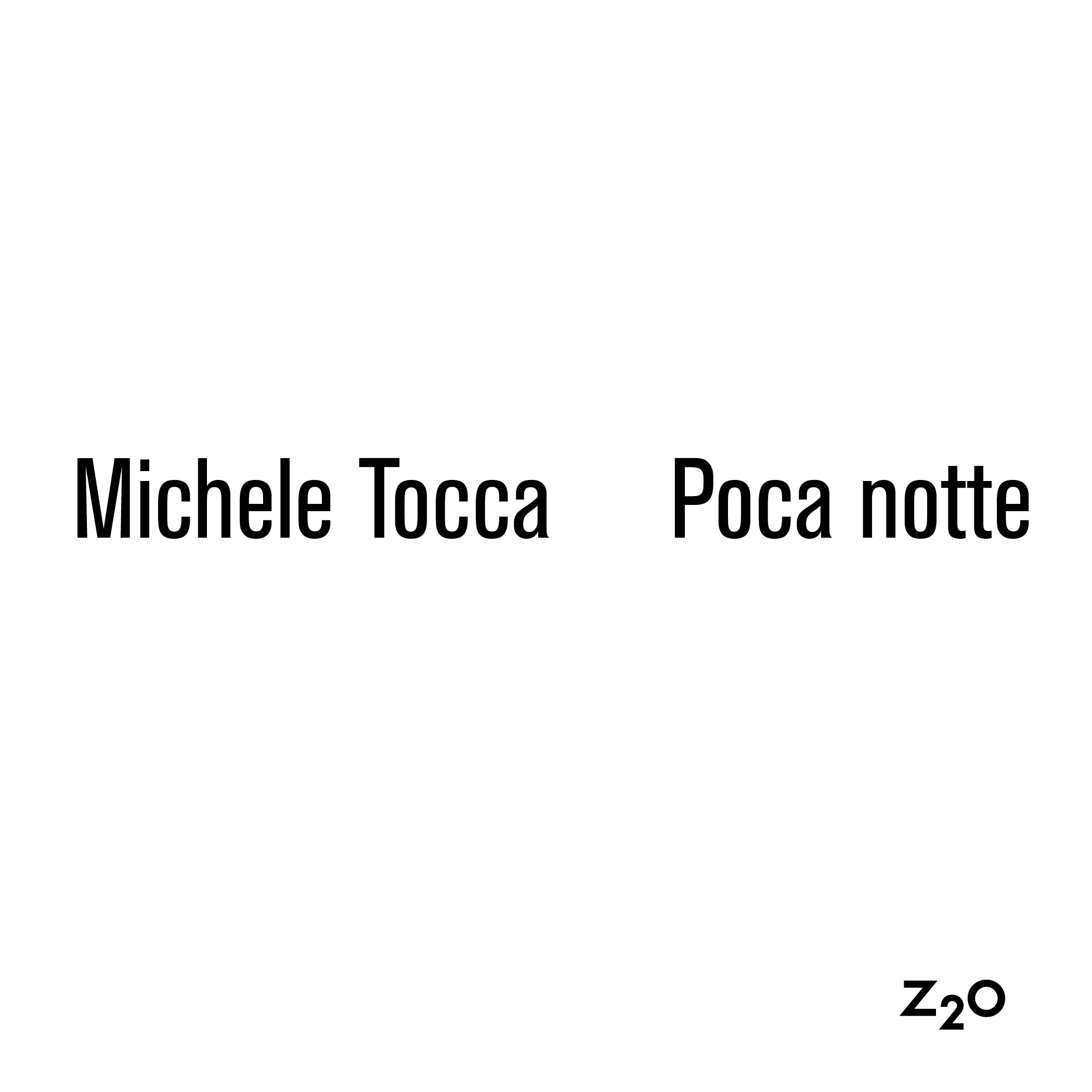
Through the works of artists from China, Japan, Malaysia, Korea Republic, Taiwan e Thailand, Tell Me a Story attempt to building a new historical perspective around different asian cultures often unspoken by the great narratives. Starting from the hidden traces of marginal histories, the exhibition gives voice to a collective memory with the possibility to envision the world in a interrelated existential dimension between different identities.
In this perspective the memory, but also the imagination, have a relevant role in the construction of a new historical awareness and contributes catching a world with a multileyer meaning.
I have spoken with Amy Cheng e Hsieh Feng-Rong, the two curators of the exhibition, about the possibility to create alternative visions through art, asking how they have been able to deal with this skill in the exhibition.
—
Con opere di artisti provenienti da Cina, Giappone, Malesia, Repubblica di Corea, Taiwan e Thailandia, Tell Me a Story: Locality and Narrative tenta di aprire nuove prospettive su culture asiatiche spesso taciute dalle grandi narrazioni. Muovendo dalle tracce nascoste di storie marginali, la mostra dà voce a una memoria collettiva con la possibilità intrinseca di concepire il mondo in una dimensione esistenziale di interrelazione tra diverse identità.
In questa prospettiva la memoria, ma anche l’immaginazione, hanno un ruolo rilevante nella costruzione di una nuova consapevolezza storica e contribuisce a cogliere un mondo dal significato stratificato.
Ho parlato con Amy Cheng e Hsieh Feng-Rong, curatori della mostra, della possibilità di creare visioni alternative attraverso l’arte, chiedendogli come sono riusciti a declinare questa capacità in mostra.
Mariacarla Molè: Here we are at the second chapter of a collaboration between Rockbund Art Museum and Sandretto Re Rebaudengo foundation, for the first time in China with works of its collection, in the show Walking on the fade out lines. With Tell Me a Story: Locality and Narrative viewers have possibility to revisit history, discover unknown regions, geographically but also metaphorically, through the works of 12 artists from Asia.
It is a great responsibility to provide a scenario of contemporary Asiatic societies through artworks. So, which strategy did you adopt to create a balanced proposal in the exhibition to achieve this purpose?
Amy Cheng e Hsieh Feng-Rong: We have entered the age of digital information overload but our understandings of the others have been gradually dictated by media façades composed of fragmented images and discourses. These facades, spectacular and colorful, grab our attentions very quickly and easily; nevertheless, they, rather than bringing us closer to the others, actually further distance us from sincerely listening to what the others want to say. In order to see through the mirage of media façades, “Tell Me a Story: Locality and Narrative” aims to bring the spectators to approach the others as close as possible, listening to the others speaking for themselves.
In the mean time, if we would like to have different ways of understanding the material and spiritual worlds in the contemporary era, can we use “locality” as a critical problematic to start with our discussions? Through delving into the living traces in the marked sites of “shared temporality in different localities,” or “shared localities with different temporalities”, we will become more aware of our interrelated existential dimensions between ourselves and many others.
The exhibition, first realized at Rockbund Art Museum in Shanghai, is then relocated to Turin, Italy. In the cultural context of Europe, Asia seems to be an even more remote concept so how should we reposition the viewing relationships here in Europe? In the exhibition, we seek to depart from a framework dominated by vision, providing alternative epistemological approaches. The audience will enter all kinds of soundscapes—fireworks or gunshots, clement weather where frozen ships crack, running water and river, engines that propel the course of history, voices of the Spirit, sounds of elegies, historical echo chamber in a basketball field…all these soundscapes constitute a multi-layered cosmos of sounds/narratives where we hear harmonies as well as dissonances; clamors as well as bellows.

MM: Starting from the title, Tell Me a Story sounds as an intimate request, and it suggests a subjective and more spontaneous approach to history that seems would be overpassing a codifying version, throughout more malleable nature of storytelling. This historiography can never be neutral, it has a specific point of view, so at this point the question that comes to my mind is which kind of narratives arises from works in the show? And how an absolutely particular point of view can contribute to return a collective history?
AC – HF-R: In the exhibition, some of narratives are revisiting histories through different paths and dimensions; some of them are transferring messages from marginal communities; some of them are seeking traces of history; some of them are giving constructive ideas about building history in the future.
We are trying to create personal/family historical perspectives apart from grand narrative; it’s an ongoing process and never ended, probably a life-time mission, thus we keep working on this. With the artworks in the exhibition, artists they provide us different approaches which contribute to ways of returning to collective histories. For instance, Haejun Jo and Kyeong Soo Lee attempt to reconstitute the memory of an entire era by piecing together fragments of personal memories and anecdotes from cross-generational (the artist-father-grandfather) relationship. Part of the work A Ship is Believing the Land is Sea is composed of a series of sketches by Jo, depicting his father’s narratives and memories about the past, also mentioning his grandfather was sent to Hokaido, Japan as a coal worker during the war. The story seems private or irrelevant to the spectators but indeed it delves into the collective social memory of South Korea. Au Sow-Yee uses film as a method to build a history retrieval system for individuals and reintegrate the images and sounds in found footage with the real scenes currently shot. In doing so, she tries to examine, imagine and explore the issues of “cultural subjectivity” of Malaysia as well as its neighboring regions and brings out the subtle connections between 1950s and 1960s Asian/Malaysian film industries and the history of the Cold War. In Koki Tananka’s work, Provisional Studies: Workshop #1, “1946–52 Occupation Era and 1970 Between Man and Matter”, he deploys the idea of “visiting sites in person” in order to expand the timeline of the exhibition, leading on to the topic of U.S. military bases in Okinawa. From 1946 to 1952, the Kyoto Municipal Museum was occupied by the U.S. military; the exhibition halls were used as basketball courts to satisfy the military’s entertainment needs. In 1970, in the 10th Tokyo Biennale curated by Yusuke Nakahara (1931-2011), the same space was used to exhibit works by Jaracheff Christo, an American landscape artist. He invited students to play basketball at the art museum and reenact Christo’s works. Through those actions, he seeks to explore the impact of Western (especially American) culture on Japan, the war, and the inner cultural content of contemporary Japan. Moreover, it’s not just to revisit the history, it’s also to ask the young generation to conduct historical awareness on their own and give their perspectives.
MM: All works have a really strong connection to local contexts and identities related. Their nature is dynamic and the result of contamination of different cultures in the past, and evolving under pressure of social changes. So, how these stories can capture a still-frame of an identity with fuzzy borders?
AC – HF-R: Most of the artists in the show are trying to question is there a single identity? Identity is flowing, changing and mixing, it’s not a fixing thing and it’s multi-constructed. Tomoko Yoneda’s work Sakhalin Island is a good example to answer this question. The Island is populated by diverse ethnicities—Russians, Japanese, Koreans, Ukrainians, Tartars, Yakuts and the Ewenki. After the Russo-Japanese War, a border was drawn along the 50th degree parallel (latitude). Just before WWII ended in 1945, Russia launched a sudden attack on Japan and annexed all of Sakhalin. After 1945, the local Japanese who had been residing there for most of their lives were forced to relocate to the unfamiliar “motherland”. Meanwhile, Russia renamed cities, roads, and sites, seeking to erase the last Japanese traces to the utmost. In Yoneda’s work, instead of showing the spectators those peaceful and serene landscapes, it tries to deliver a message that modern wars and their aftermath impact people greatly and violently; they do not simply force people to move physically but also psychologically sever and deprive a people’s sense of belonging.

MM: Talking about borders, as we seen in Hong Kong is Land and in Grand Voyage is Land, they can also be imaginary. Respectively a redrawing map of Hong Kong in view of climate change, and a imaginary trip in none real place and none real time.
Which is the role of imagination in the construction of a local identity, and how imagination influences the reconstruction of history?
AC – HF-R: In fact, every piece in the exhibition contains imaginary components, we would say this is the most precious part in art, to have the ability to create alternative ways outside mainstream discourse to re-visit history, and also, in order to ponder on issues of existing borders, identities as well as collective memories, imaginations─ as a destructive but also at the same time a constructive method, gives more possibilities to envision the world with broader senses. For example, in MAP Office’s work: Hong Kong is Land, though the construction of imaginative land, the focus opens up a space to contemplate broader concerns related to human existence today under the different environmental crises.
In Guo Xi and Zhang Jianling’s piece: The Grand Voyage: A study on Name, the artists employed “archaeological” approaches in order to re-consider the inspiration and discoveries during the “Age of Exploration” in history, this brought out a complex geo-cultural narrative in fusion of historical realities and various “strands/clues” that were constructed and imagined.
MM: We can search out the trait d’union with Walking on the fade out lines in the intent to provide, through art, different interpretative perspectives, and awareness of an history from all kinds of perspectives. Following the feedback you had in China, what do you expect this time from the visitors?
AC – HF-R: In general, the exhibition intends to provide an intimate and immersing environment for viewing and listening and through artists’ very diverse approaches of storytelling that reflecting on different pieces of history. The exhibition is a constellation of works that allows the audience to get into these narratives from different entry points. At first, it may be difficult for audience to understand these complex of different countries and cultures (they are also complex enough for ourselves), but don’t let them be the burden, as you said, “Tell Me a Story” is an intimate request and gesture, we do suggest to let these contexts become a background information that supports the experience of unique and unconventional encountering.
We indeed expect these curatorial efforts can create the unique “encountering experience” so the new desires of knowing contemporary Asia are triggered. This would not be the end but the starting points for more conversations, questionings and discussions.
Tell me a story: Locality and Narrative
Fondazione Sandretto Re Rebaudengo, Torino
A cura di Amy Cheng e Hsieh Feng-Rong
Fino al 7 ottobre 2018
Artisti in mostra: Au Sow-Yee, Chen Po-I, Lucy Davis, Guo Xi and Zhang Jianling, Hae Jun Jo and Kyeong Soo Lee, Hsu Chia-Wei, MAP Office, Field Recordings, Su Yu-Hsien, Koki Tanaka, Apichatpong Weerasethakul, Watan Wuma, Tomoko Yoneda.














